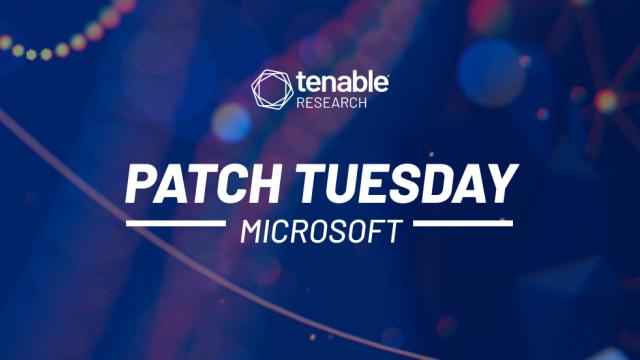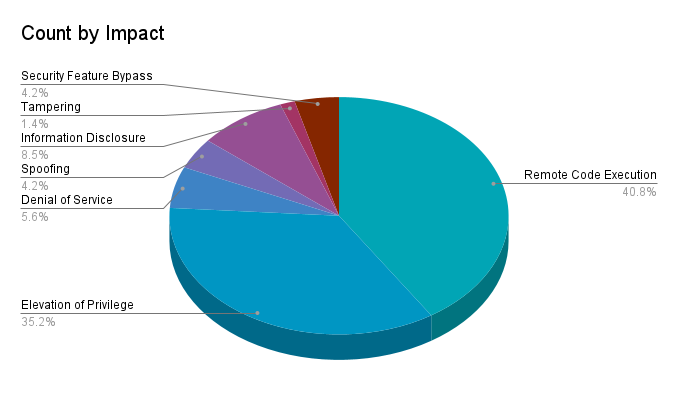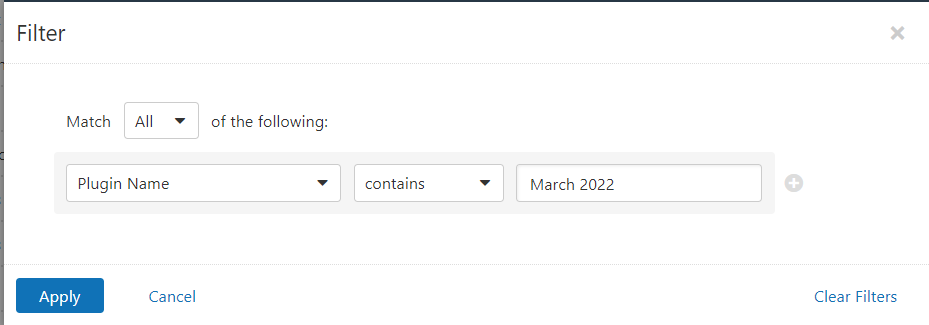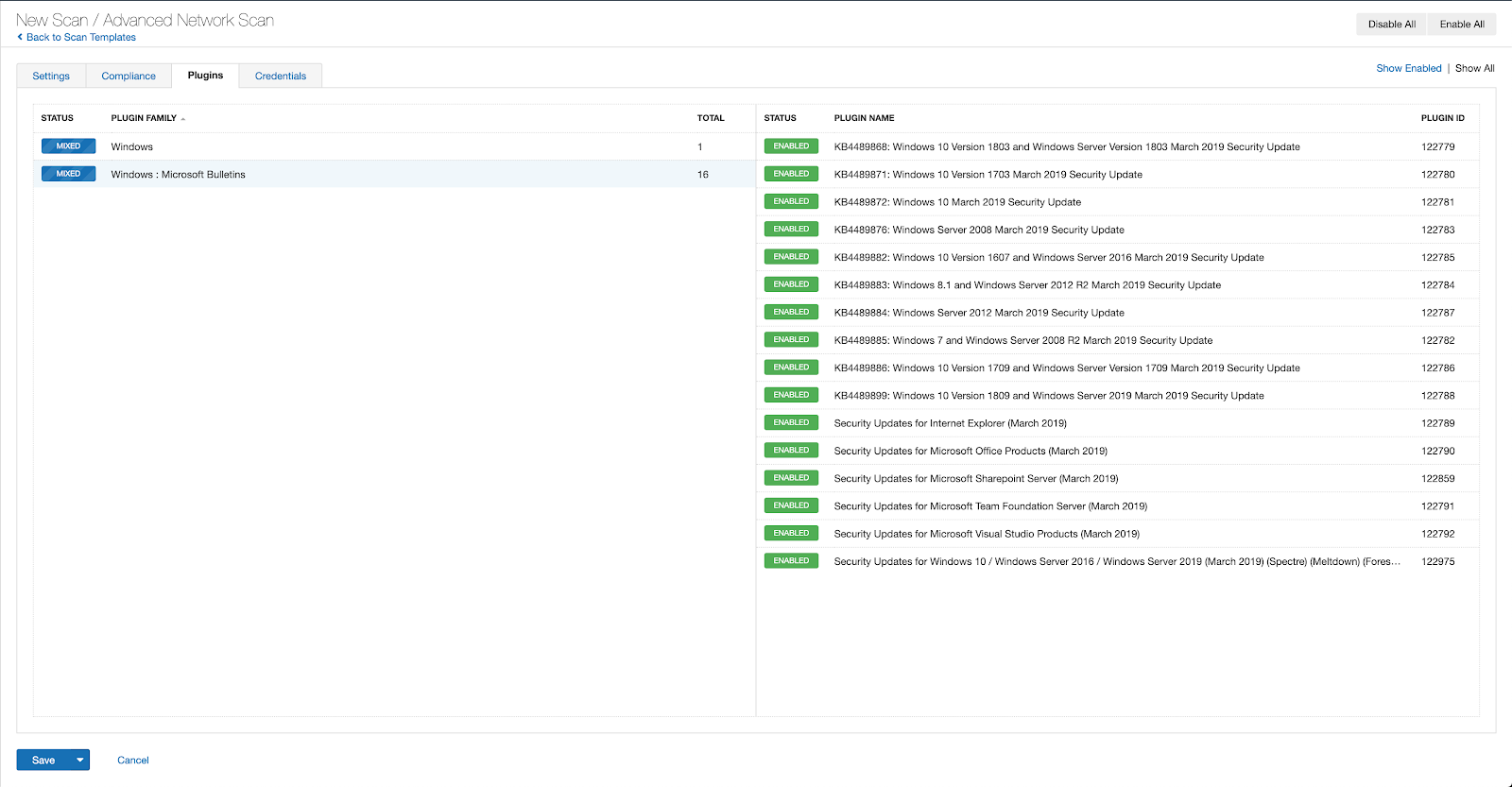- I gave my Android phone thermal vision superpowers with this accessory
- My favorite 12-in-1 electric screwdriver is the only one you'll need - and it's on sale
- This large-screen Samsung tablet left me with no iPad Pro envy - and it's up to $800 off
- This TCL Mini LED is the TV deal I recommend to most people - especially at up to $800 off
- This Android smartwatch released last year still outruns the competition - and it's on sale
Microsoft’s March 2022 Patch Tuesday Addresses 71 CVEs (CVE-2022-23277, CVE-2022-24508)

Microsoft addresses 71 CVEs in its March 2022 Patch Tuesday release, including three vulnerabilities that were publicly disclosed as zero-days.
- 3Critical
- 68Important
- 0Moderate
- 0Low
Microsoft patched 71 CVEs in the March 2022 Patch Tuesday release, with three rated as critical and 68 rated as important.
This month’s update includes patches for:
- .NET and Visual Studio
- Azure Site Recovery
- Microsoft Defender for Endpoint
- Microsoft Defender for IoT
- Microsoft Edge (Chromium-based)
- Microsoft Exchange Server
- Microsoft Intune
- Microsoft Office Visio
- Microsoft Office Word
- Microsoft Windows ALPC
- Microsoft Windows Codecs Library
- Paint 3D
- Role: Windows Hyper-V
- Skype Extension for Chrome
- Tablet Windows User Interface
- Visual Studio Code
- Windows Ancillary Function Driver for WinSock
- Windows CD-ROM Driver
- Windows Cloud Files Mini Filter Driver
- Windows COM
- Windows Common Log File System Driver
- Windows DWM Core Library
- Windows Event Tracing
- Windows Fastfat Driver
- Windows Fax and Scan Service
- Windows HTML Platform
- Windows Installer
- Windows Kernel
- Windows Media
- Windows PDEV
- Windows Point-to-Point Tunneling Protocol
- Windows Print Spooler Components
- Windows Remote Desktop
- Windows Security Support Provider Interface
- Windows SMB Server
- Windows Update Stack
- XBox

Remote code execution (RCE) vulnerabilities accounted for 40.8% of the vulnerabilities patched this month, followed by elevation of privilege (EoP) vulnerabilities at 35.2%.
CVE-2022-23277 | Microsoft Exchange Server Remote Code Execution Vulnerability
CVE-2022-23277 is a critical RCE vulnerability in Microsoft Exchange Server. An authenticated user can exploit this vulnerability to execute arbitrary code on an affected server. According to Microsoft’s Exploitability Index rating, this vulnerability is rated Exploitation More Likely. Threat actors continue to target Exchange servers, particularly through the exploitation of ProxyLogon (CVE-2021-26855), rated as the number one vulnerability in our 2021 Threat Landscape Retrospective. With Exchange vulnerabilities being actively targeted, organizations should prioritize patching this flaw.
CVE-2022-23285 and CVE-2022-21990 | Remote Desktop Client Remote Code Execution Vulnerability
CVE-2022-23285 and CVE-2022-21990 are RCE vulnerabilities in the Remote Desktop Client. Both flaws were assigned a CVSSv3 score of 8.8 and were rated Exploitation More Likely. To exploit these vulnerabilities, an attacker would need to convince a user to connect to a malicious, attacker-controlled server. Successful exploitation would grant an attacker remote code execution on the client’s system, which they could then use to perform a variety of actions, such as installing programs, accessing, modifying or removing data from the system or creating a new account with full privileges.Microsoft notes that CVE-2022-21990 was publicly disclosed prior to a patch being made available.
CVE-2022-24508 | Windows SMBv3 Client/Server Remote Code Execution Vulnerability
CVE-2022-24508 is a RCE vulnerability in the Microsoft Server Message Block 3.0 (SMBv3) Client and Server. Microsoft notes that this vulnerability was introduced in Windows 10 version 2004 so only newer supported versions of Windows are affected. While an attacker must be authenticated to exploit this vulnerability, Microsoft strongly recommends patching or applying the suggested workarounds as soon as possible.
In addition, Microsoft notes that exploitation is more likely for this vulnerability and has provided some recommended actions for protecting networks as well as a workaround that can be utilized for organizations that are not able to immediately patch.
The vulnerability is reminiscent of flaws in SMBv1 patched in MS17-010 in March of 2017. Mass exploitation of that vulnerability was observed in the wild by the WannaCry ransomware, which remains one of the most destructive malware events to date. It remains unclear if CVE-2022-24508 will see exploitation, however patching should be prioritized for all organizations with affected systems.
CVE-2022-24459 | Windows Fax and Scan Service Elevation of Privilege Vulnerability
CVE-2022-24459 is a privilege escalation vulnerability affecting the Windows Fax and Scan service. The vulnerability carries a CVSSv3 score of 7.8 and can be exploited by a local, authenticated attacker. While the severity and requirements for exploitation would typically be less concerning, this vulnerability was publicly disclosed. Given that attackers continue to capitalize on known and proven exploitable vulnerabilities, it’s possible that this flaw could make its way into attackers’ toolkits in the future. Privilege escalation is a common tactic used after an initial compromise or entry to a network by threat actors.
CVE-2022-24512 |.NET and Visual Studio Remote Code Execution Vulnerability
CVE-2022-24512 is a RCE vulnerability affecting Microsoft.NET and Visual Studio which has been publicly disclosed. According to Microsoft, exploitation of this vulnerability requires user interaction to trigger a payload in an affected application. An attacker would likely use social engineering tactics like phishing to influence the necessary user interaction. In addition, the advisory indicates that an attacker would need to combine this with other vulnerabilities in order to successfully exploit a system and that the ability to exploit this vulnerability by itself is limited.
Tenable Solutions
Users can create scans that focus specifically on our Patch Tuesday plugins. From a new advanced scan, in the plugins tab, set an advanced filter for Plugin Name contains March 2022.

With that filter set, click the plugin families to the left and enable each plugin that appears on the right side. Note: If your families on the left say Enabled, then all the plugins in that family are set. Disable the whole family before selecting the individual plugins for this scan. Here’s an example from Tenable.io:

A list of all the plugins released for Tenable’s March 2022 Patch Tuesday update can be found here. As always, we recommend patching systems as soon as possible and regularly scanning your environment to identify those systems yet to be patched.
Get more information
Join Tenable’s Security Response Team on the Tenable Community.
Learn more about Tenable, the first Cyber Exposure platform for holistic management of your modern attack surface.
Get a free 30-day trial of Tenable.io Vulnerability Management.

